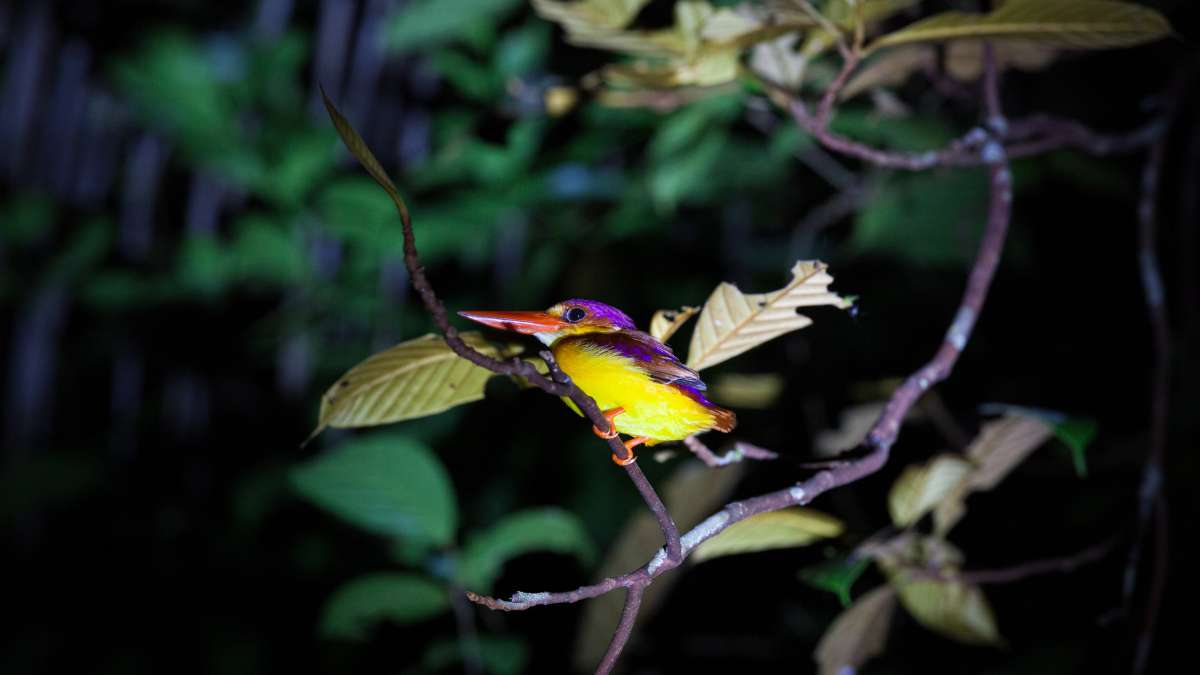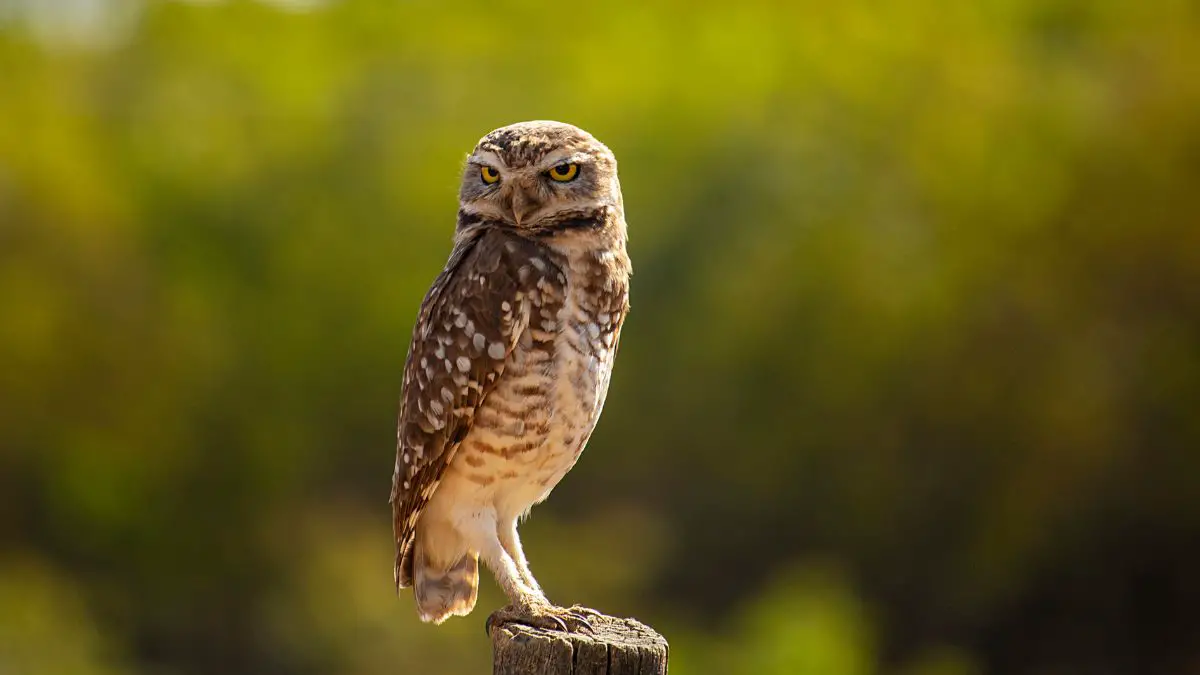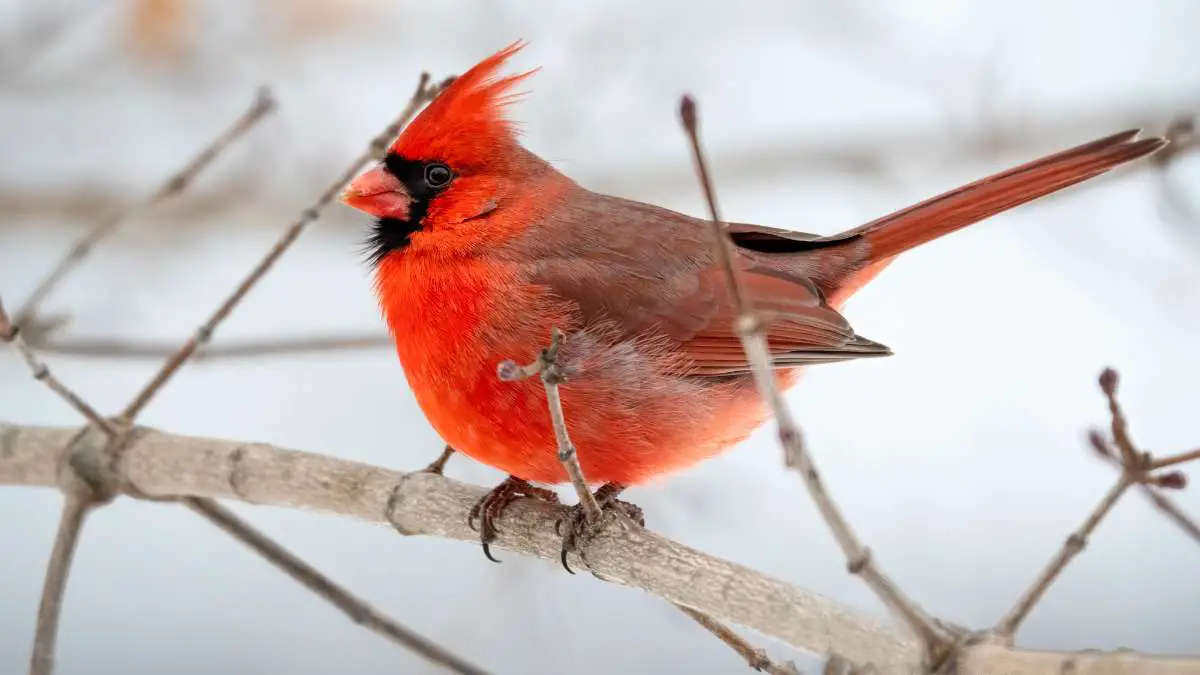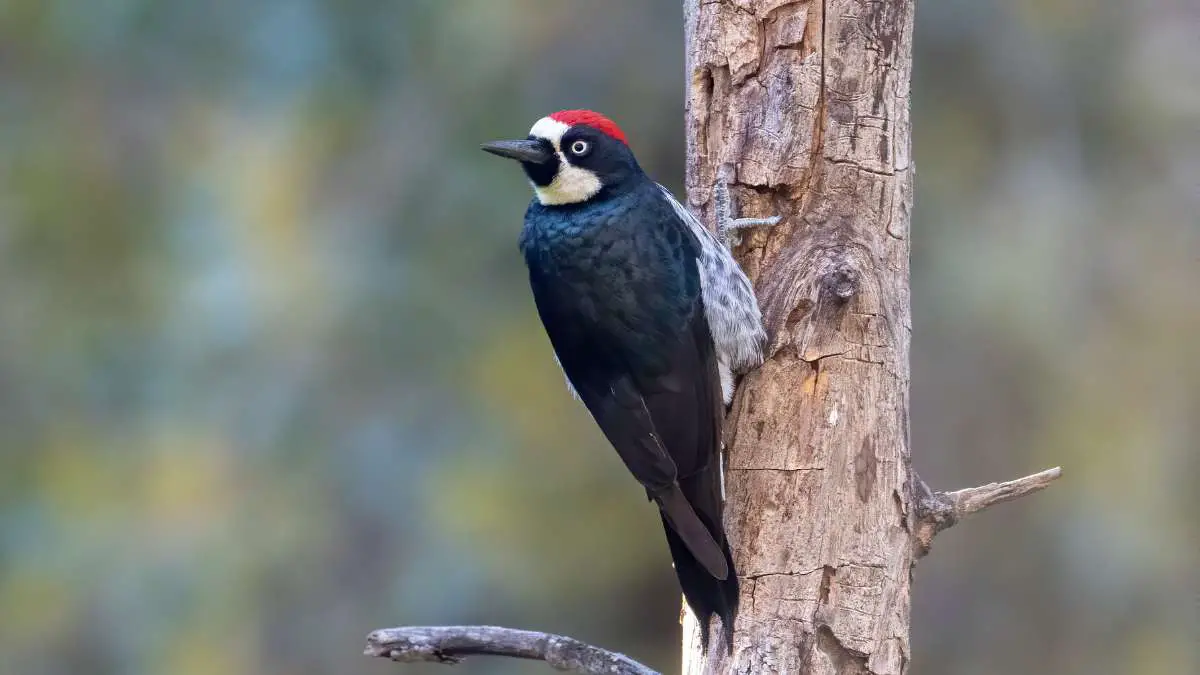Kingfishers are primarily diurnal birds, meaning they are most active during the day. However, some species exhibit crepuscular behavior, being active during twilight hours.
As for flying at night, it’s uncommon but not impossible. Factors like light pollution and lunar cycles can influence their activity patterns.
Research shows that while some kingfishers may fly briefly at night, especially during bright moonlit nights (some migratory species), their nocturnal flights are typically limited.
Their adaptations for daytime hunting, such as keen daytime vision and specialized hunting techniques, suggest that they are not specialized for nighttime activity.
Overall, while kingfishers may occasionally take short flights at night, they are predominantly diurnal birds.
Kingfishers: Diurnal or Nocturnal Habits
Habits of Kingfishers During the Day
Kingfishers are early risers, often starting their day with a hunt for breakfast. They prefer to hunt during daylight hours, taking advantage of the clear visibility to spot fish swimming near the water’s surface.
Their keen eyesight and agile diving skills make them proficient hunters, able to snatch fish with impressive accuracy.
Throughout the day, kingfishers are active near water bodies such as rivers, lakes, and streams.
They perch on branches or posts, patiently observing the water for signs of movement. When they spot a potential meal, they swiftly dive headfirst into the water, emerging with their catch clasped firmly in their beaks.
Kingfisher’s Nocturnal Habits
Unlike many nocturnal creatures, kingfishers are primarily diurnal. However, there are some exceptions to this rule.
Certain species of kingfishers, such as the Common Kingfisher, may exhibit crepuscular behavior. Crepuscular animals are most active during twilight, which occurs during the transition between day and night.
During these twilight hours, crepuscular kingfishers may still engage in hunting activities, taking advantage of the dim light to catch prey.
However, their overall activity during the night is significantly reduced compared to their daytime habits.
Factors Affecting Nocturnal Activity
Environmental Factors Influencing Nocturnal Behavior
Nocturnal activity in birds, including kingfishers, is influenced by various environmental factors. One significant factor is the availability of food.
In areas where prey species are more active at night, some birds may adjust their behavior to take advantage of this feeding opportunity.
Impact of Light Pollution on Bird Activity Patterns
Light pollution from human sources, such as streetlights and buildings, can disrupt natural nocturnal activity patterns in birds.
Many nocturnal species rely on the darkness of night for hunting, navigation, and rest. Excessive artificial lighting can confuse them, leading to changes in their behavior and potentially affecting their survival.
Relationship Between Lunar Cycles and Nocturnal Activity in Birds
Lunar cycles, specifically the phases of the moon, can also influence nocturnal activity in birds. Some studies suggest that birds may alter their behavior based on moonlight levels.
For example, during a full moon when visibility is higher, certain species might increase their nocturnal activity, while others may become more cautious to avoid predators
Nocturnal Adaptations in Kingfishers
Kingfishers, known for their dazzling colors and expert fishing skills, have fascinating adaptations that allow them to navigate and thrive in low-light conditions, but not during night times.
Eye Structure and Vision Capabilities at Night
Kingfishers possess specialized eye structures that enhance their vision in dim lighting. Their large eyes have a high density of light-sensitive cells called rods, which are particularly effective in low-light environments.
This adaptation helps them to spot movement and detect prey even during twilight.
Behavioral Changes Observed in Kingfishers During Twilight and Nighttime
During twilight, when light levels begin to decrease, some kingfisher species may exhibit crepuscular behavior.
This means they are most active during the transition from day to night, taking advantage of the changing light conditions to hunt.
As night falls, kingfishers generally reduce their activity levels significantly. Their hunting and foraging activities primarily occur during daylight hours when visibility is optimal.
However, some kingfisher species may still engage in occasional nighttime hunting, especially if prey availability or environmental conditions prompt them to do so. But these occasions are super rare in nature.
Research and Observations
Scientific studies and field observations offer valuable insights into the intriguing behaviors of kingfishers, including their nocturnal activities.
Review of Scientific Studies on Kingfishers’ Nocturnal Behavior
Researchers have conducted numerous studies to understand how kingfishers behave during nighttime hours.
These studies often involve the use of specialized equipment, such as night vision cameras and tracking devices, to monitor the birds’ activities without disturbing their natural behavior.
Here is a bit of an old study mentioning that a Belated Kingfisher was observed active even at 2300h.
Notable Findings or Surprises Regarding Kingfishers’ Nighttime Activities
One notable finding is the adaptability of kingfishers to varying light conditions. They can adjust their activity levels based on ambient light, demonstrating their flexibility in responding to environmental cues.
Another surprise is the occasional nocturnal hunting behavior exhibited by certain kingfisher species.
While their nighttime activities are generally limited compared to daylight hours, these observations challenge previous assumptions about their strictly diurnal nature.
Conservation and Habitat Considerations
Understanding kingfishers’ behaviors, including their nocturnal habits, is crucial for effective conservation efforts and ensuring their survival in their natural habitats.
Importance of Understanding Nocturnal Behavior for Conservation Efforts
Studying kingfishers’ nocturnal behavior helps conservationists gain insights into their ecological needs and overall health.
It enables better management strategies to protect their habitats and populations in this rapidly urbanizing era.
Implications of Human Activities on Kingfishers’ Nocturnal Habits
Human activities, such as light pollution and habitat destruction, can disrupt kingfishers’ natural nocturnal habits.
Excessive artificial lighting at night can disorient them, affecting their ability to hunt and navigate effectively. Habitat loss due to urbanization and pollution further threatens their survival.
Suggestions for Creating Nocturnal-Friendly Habitats for Kingfishers
Conservationists and policymakers can take several measures to create nocturnal-friendly habitats for kingfishers:
- Reduce Light Pollution: Implementing light-reducing measures, such as using low-intensity lighting and directing lights downward, can minimize the impact of light pollution on kingfishers and other nocturnal wildlife.
- Preserve Natural Habitats: Protecting and restoring natural habitats, especially near water bodies where kingfishers thrive, ensures they have sufficient resources for feeding, nesting, and roosting.
- Limit Human Disturbances: Minimize human disturbances, such as excessive noise and development, in kingfishers’ habitats to allow them to maintain their natural behaviors, including nocturnal activities.
- Educate the Public: Raise awareness among the public about the importance of conserving kingfishers and their habitats, encouraging responsible behavior and conservation actions.
By incorporating these strategies into conservation plans, we can create a conducive environment for kingfishers to thrive, both during the day and at night, safeguarding these beautiful birds for future generations to enjoy.
Conclusion
In conclusion, kingfishers are primarily diurnal birds, with some species showing crepuscular activity during twilight.
While they generally do not fly extensively at night, their nocturnal adaptations and occasional nighttime hunting highlight their adaptability.
Ongoing research in avian behavior is crucial for understanding and conserving these remarkable birds.
I encourage readers to share their observations and support conservation efforts to protect kingfishers and their habitats for future generations to appreciate.
Together, we can ensure the continued thriving of these colorful and skilled avian hunters.




